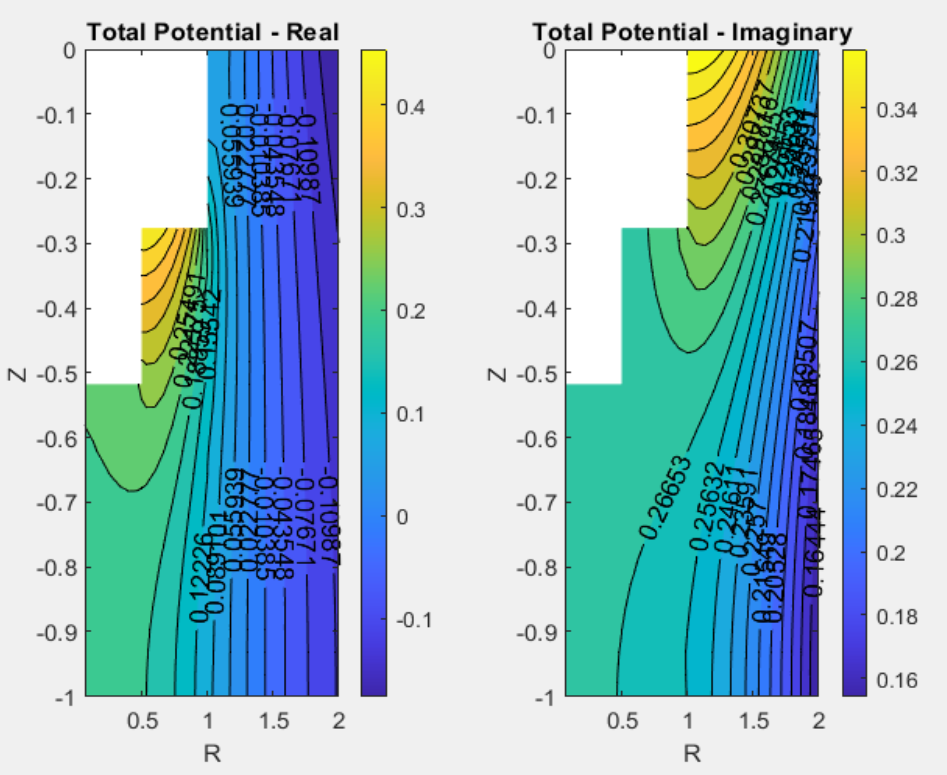Framework and Metrics for Social, Environmental, and Economic Impact
- rebecca-mc

- Sep 18, 2022
- 1 min read
Updated: Nov 22, 2022
I developed the framework and presented it at the University Marine Energy Research Conference (UMERC 2022). I am now further refining the framework for journal publication.
To assess the techno-economic prospects of wave energy devices, the metric typically used is the levelized cost of energy (LCOE). However, LCOE-based comparisons fail to capture some of wave energy’s key value propositions such as power consistency, grid-balancing seasonal variation, and geographic proximity to energy demand. Additionally, LCOE applies primarily to utility-scale projects and provides an incomplete picture for emerging powering the blue economy (PBE) applications which may have different priorities. To enhance understanding of the value of wave energy, I am comparing potential metrics for utility-scale and various PBE wave energy applications. I estimate metric values for current and future wave energy converters as well as competing energy sources.
In addition to metrics that assess a wave energy converter’s value in specific applications, I also investigate metrics to measure the success of the entire wave energy industry and its global impact. Global impact is quantified in terms of equivalent CO2 avoidance, economic growth, and energy equity, and these quantities are estimated for each application area. These global impact metrics are then combined with the application-specific device-level metrics to yield a unified set of industry-wide objectives. This framework enables optimization of and informed tradeoffs between environmental sustainability, economic prosperity, and social equality (triple bottom line). Applications include evaluating research priorities, industry trajectories, design paradigms, and even individual design decisions.





Comments